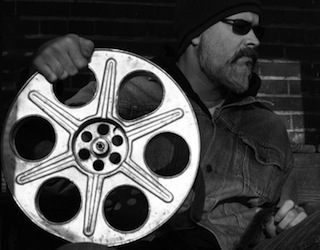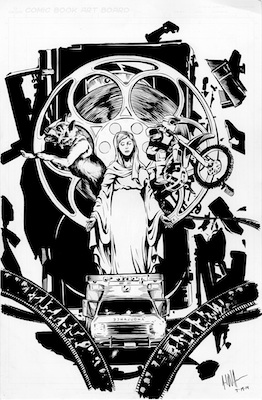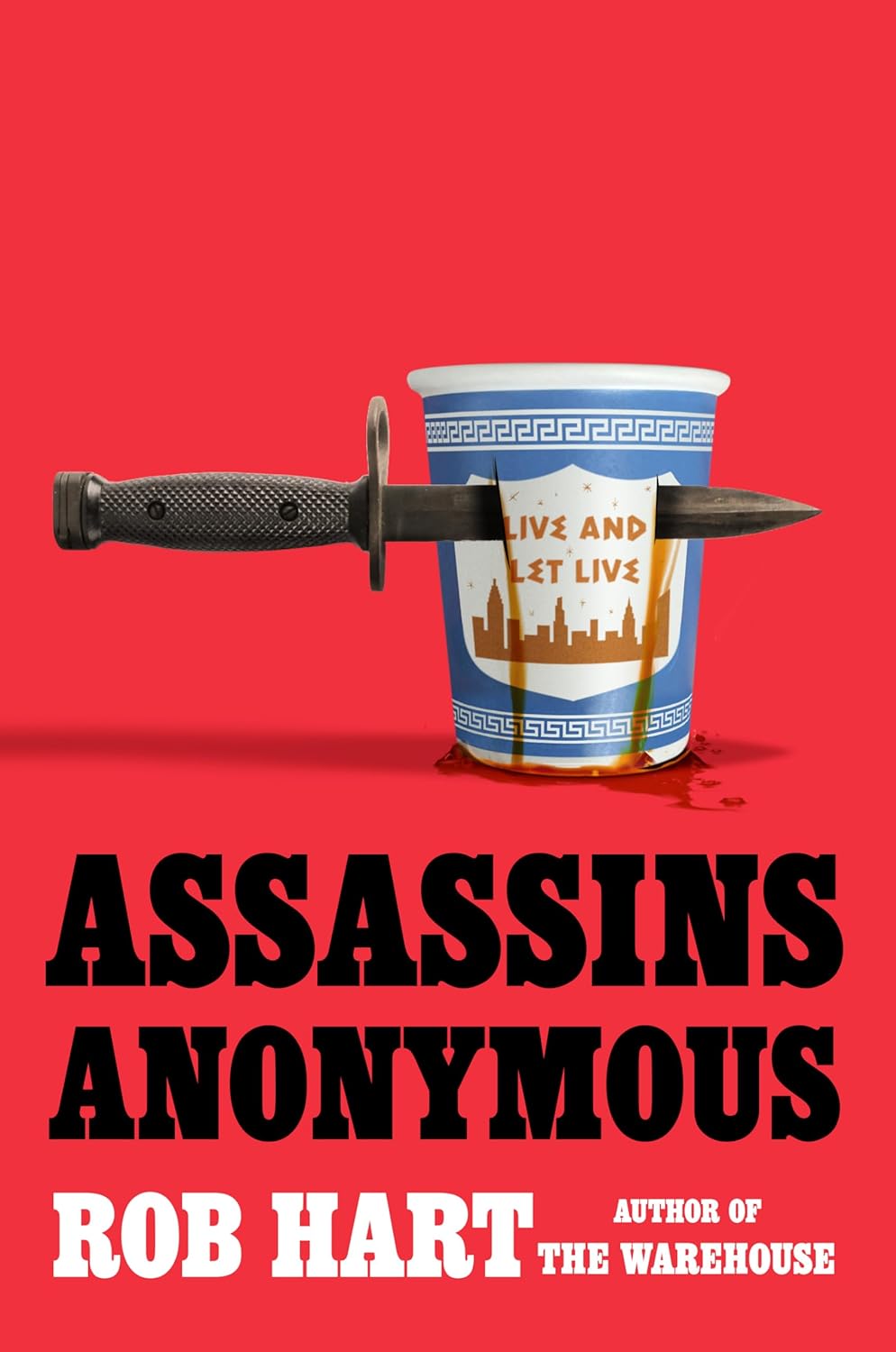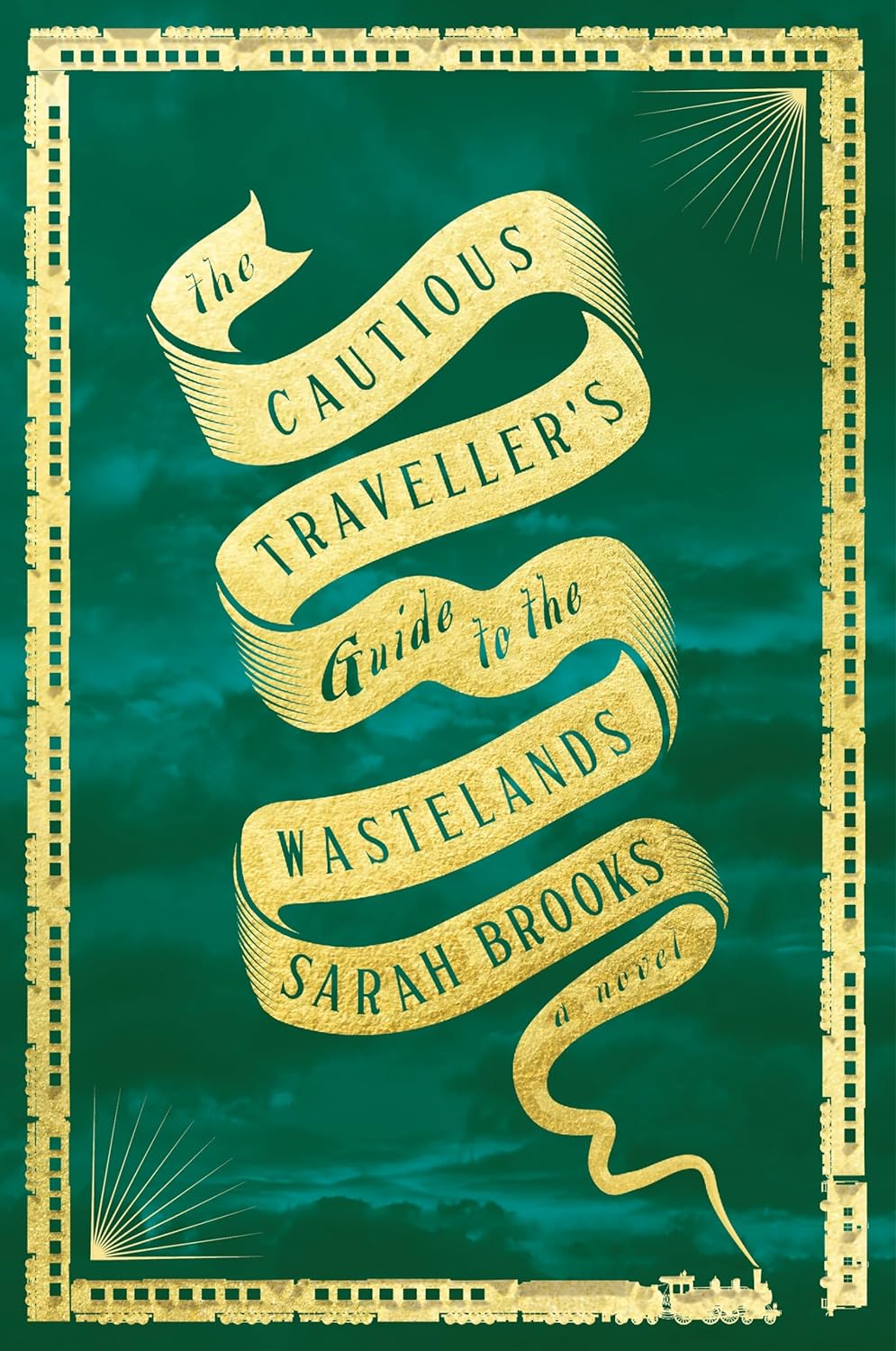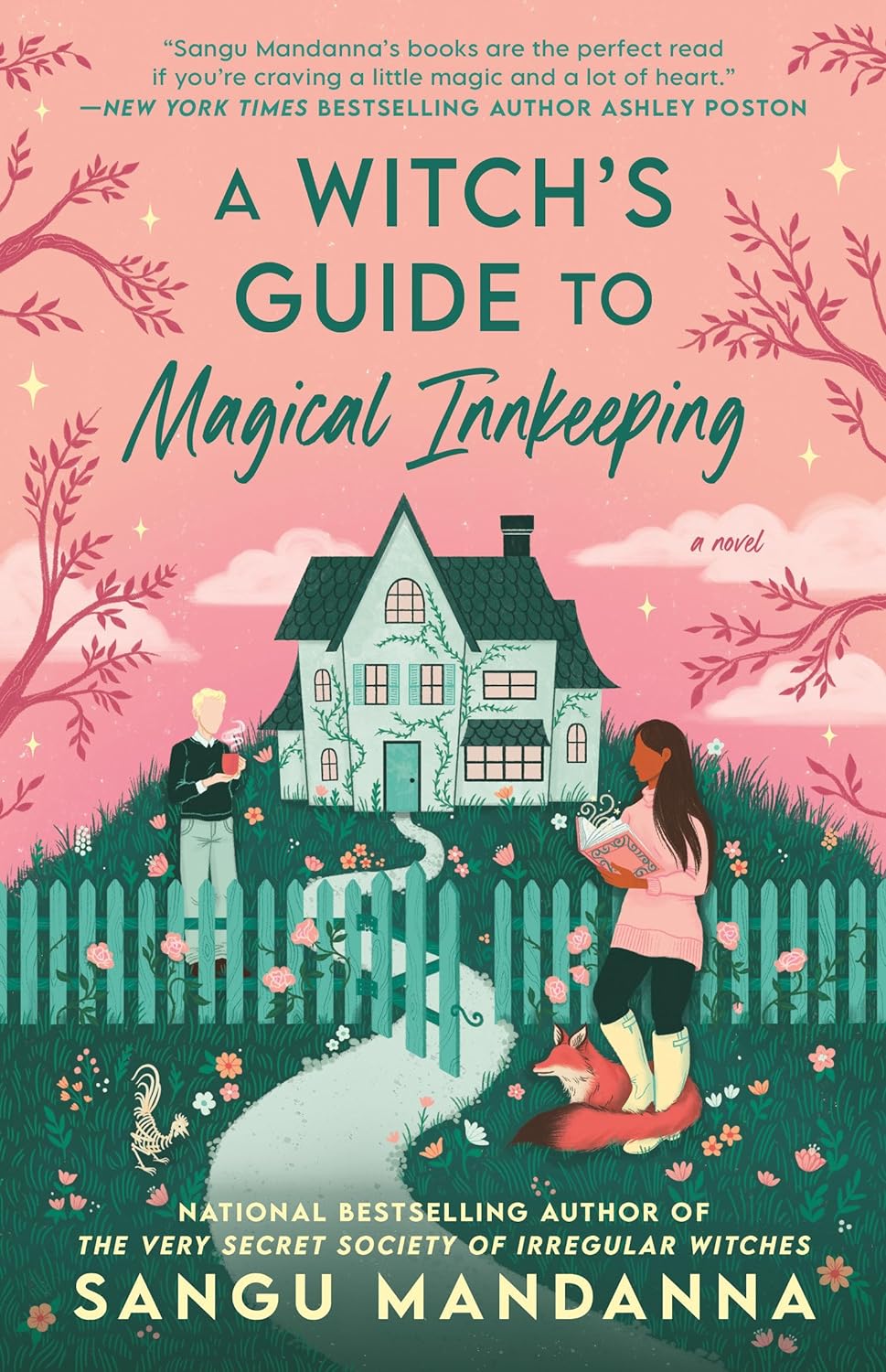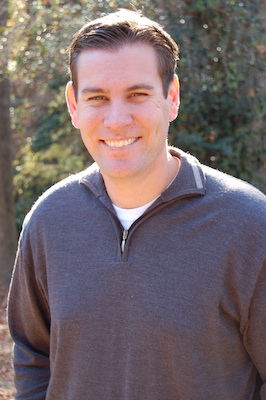 The other day, a parent of one of my students (I’m a high school English and Literature teacher) came up to me. She smiled and said, “I finished reading your book, and loved it” (this of course made me smile in return, and I thanked her for the kind words). But then her face grew serious and she asked, in the most straightforward tone I could imagine: “What happened in your childhood to make you write this?” I laughed at first, thinking it was a joke, but then stopped myself short when I realized her true concern. “Nothing,” I said. “I had a great childhood.” (And that’s true.) She smiled, said “Good,” and then shook her head. “But the book’s so dark, though. Where’d it come from?” I could only shrug my shoulders at the question.
The other day, a parent of one of my students (I’m a high school English and Literature teacher) came up to me. She smiled and said, “I finished reading your book, and loved it” (this of course made me smile in return, and I thanked her for the kind words). But then her face grew serious and she asked, in the most straightforward tone I could imagine: “What happened in your childhood to make you write this?” I laughed at first, thinking it was a joke, but then stopped myself short when I realized her true concern. “Nothing,” I said. “I had a great childhood.” (And that’s true.) She smiled, said “Good,” and then shook her head. “But the book’s so dark, though. Where’d it come from?” I could only shrug my shoulders at the question.
Since then, I’ve thought a great deal about her question. Where did it come from? She’s right; my first novel, A Murder Country, is incredibly dark and serious. Unrelentingly so. The book is set in late 19th century Appalachia and is full of death and pain, vengeance and sadness marked with only the faintest glimmer of hope (if any). But that is not who I am as a public or even private person.
To meet me, I am kind and polite, fun and goofy—at least I try to be—but my stories (besides A Murder Country, I have had several short stories and plays published online and in print) are all marked with the same dark and serious intensity. Where does that depth of angst come from? The answer is simple, and I think it applies to all narratives (all forms) that carry any kind of purpose. The pain comes from the buried and repressed parts of our psyche. Every person has these questions and thoughts trapped within his/her mind, but there are only a few people who actually look into that psychological darkness and try to understand—or at least explain—it. (Call it bravery or stupidity,
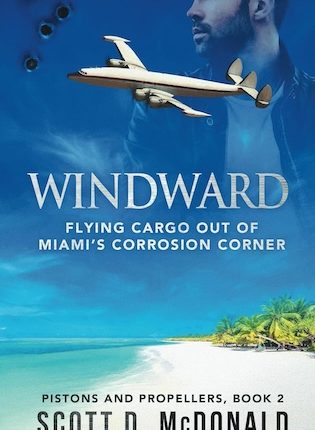
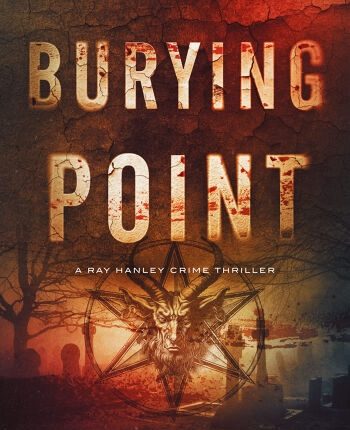
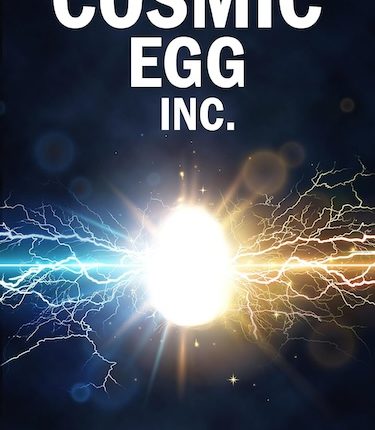
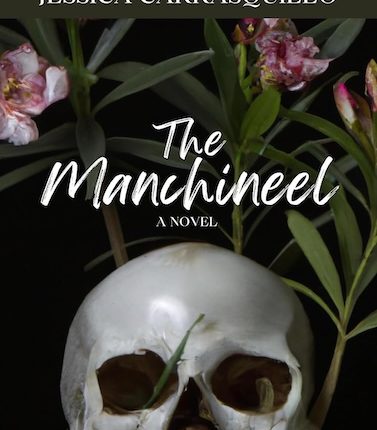
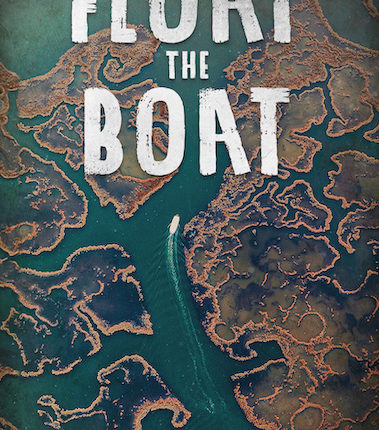
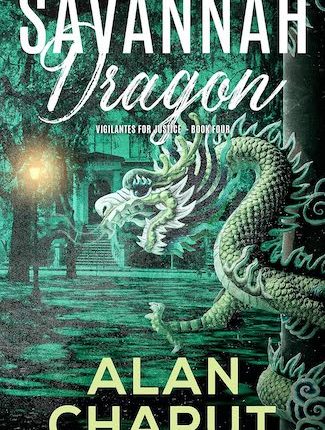
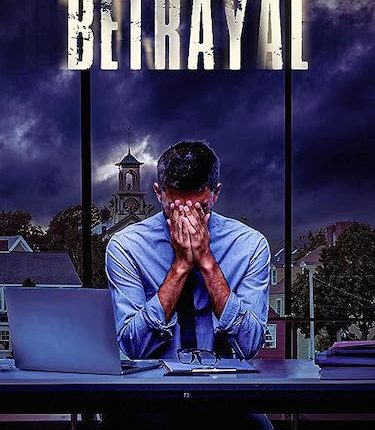
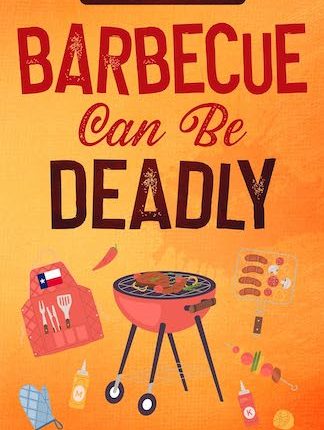
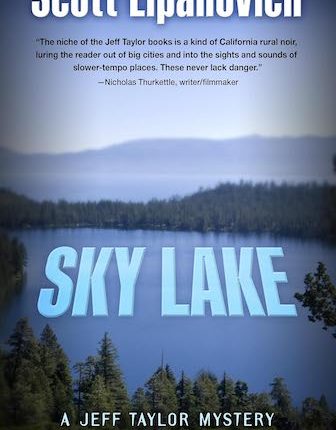
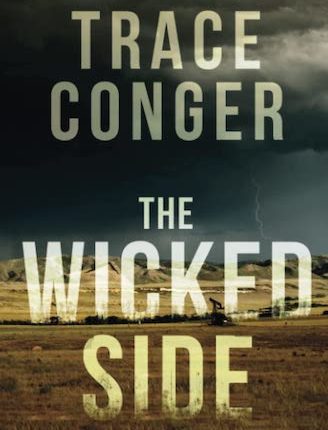
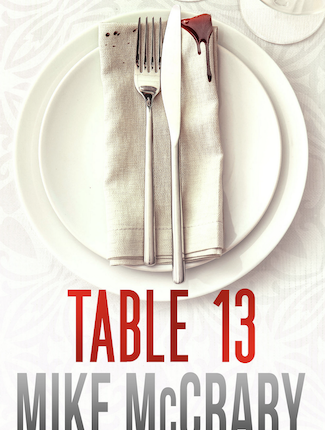
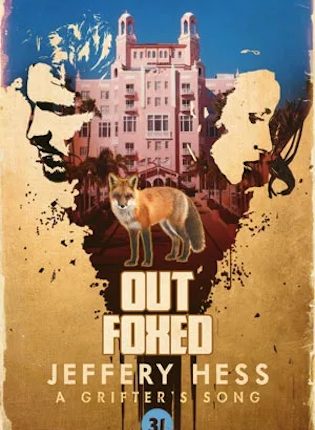
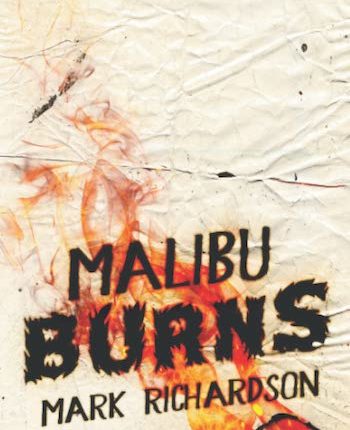
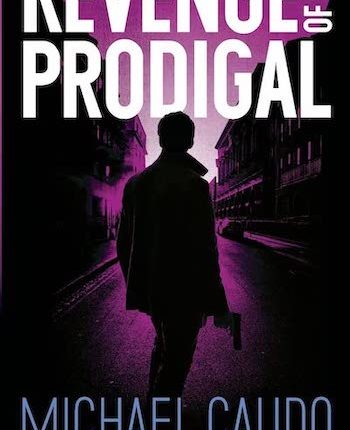
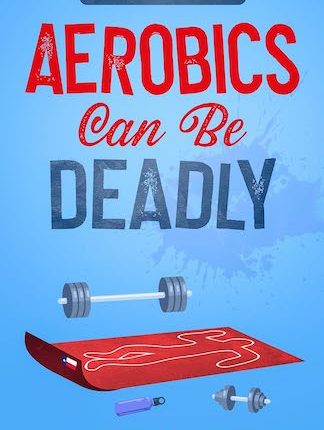
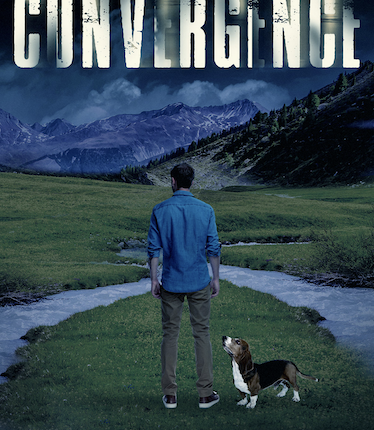
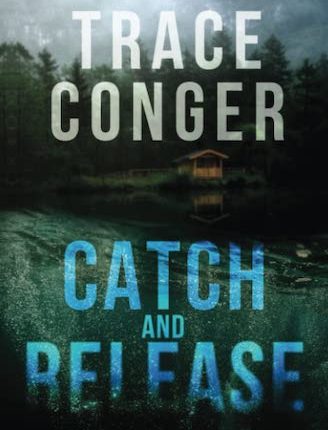
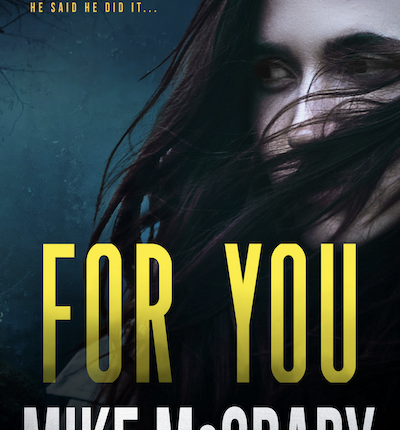
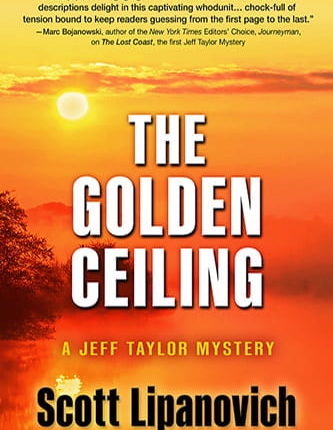
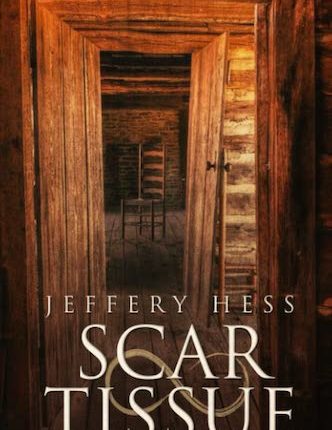
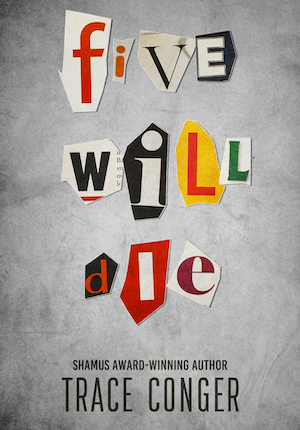
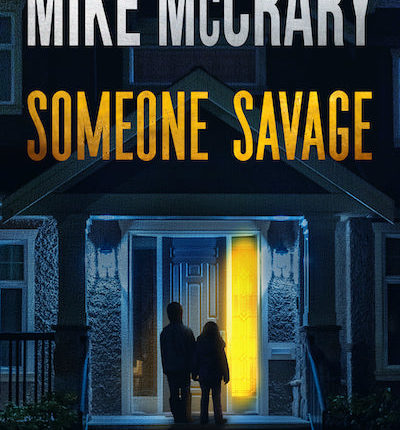
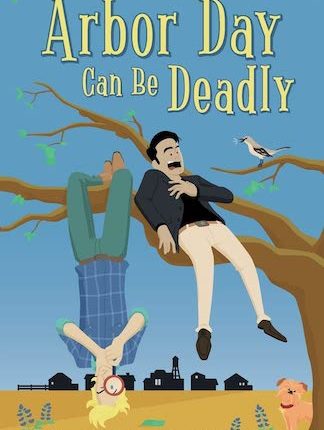
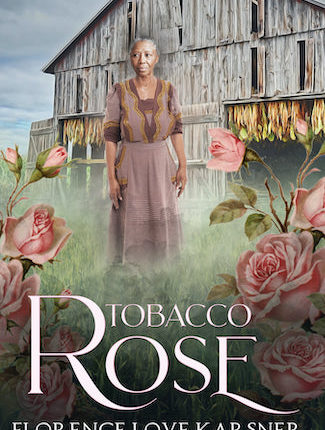
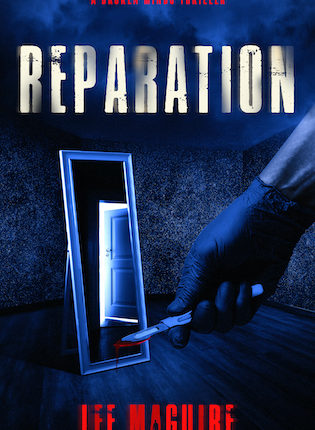
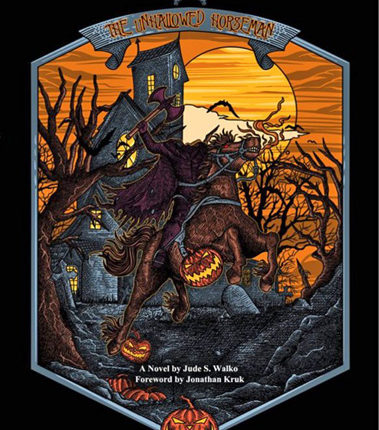
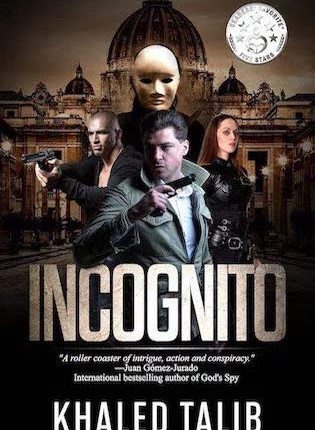
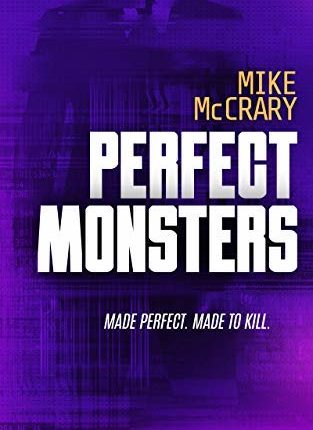
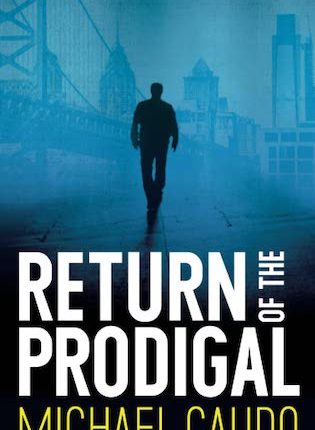
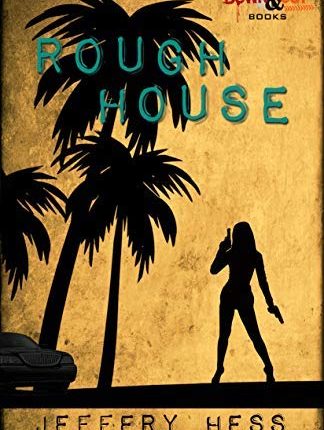
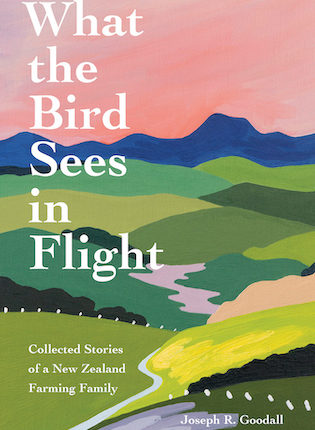
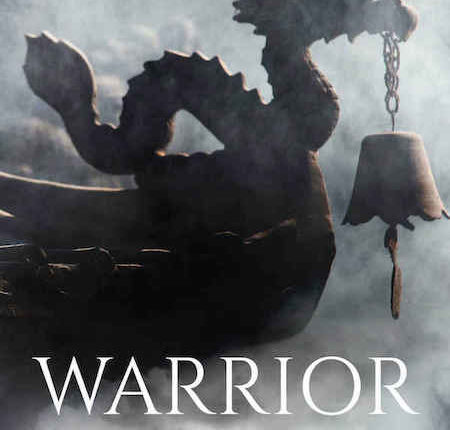
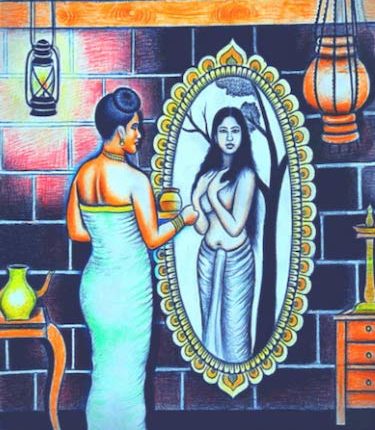
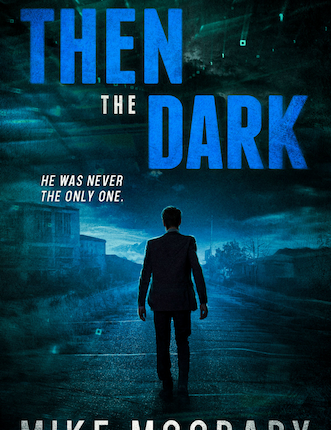
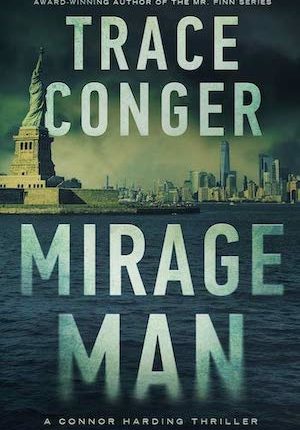
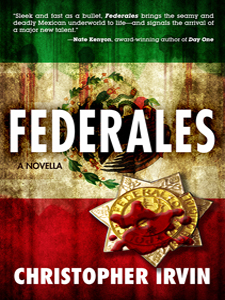
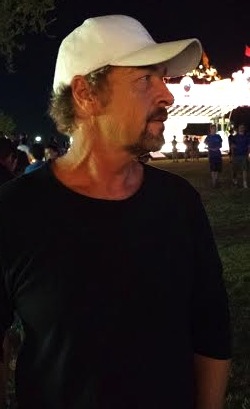 Not a big blogger. I have one of my own, but I rarely post anything on it. I think for me it’s mostly a place to vent and bitch my frustrations, which is why I avoid it altogether. And self-promotion—that fucking god-awful masturbatory necessity we little-known writers need to gain Google presence and get some attention to our soon to be doomed into nonexistence novels and short stories. Here today, gone tomorrow. Oh well.
Not a big blogger. I have one of my own, but I rarely post anything on it. I think for me it’s mostly a place to vent and bitch my frustrations, which is why I avoid it altogether. And self-promotion—that fucking god-awful masturbatory necessity we little-known writers need to gain Google presence and get some attention to our soon to be doomed into nonexistence novels and short stories. Here today, gone tomorrow. Oh well.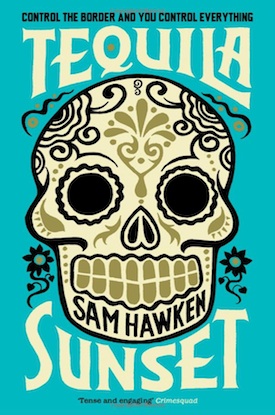 “I can almost stand the bodies, even when they’re in pieces, but when they burn them…” – Matías Segura
“I can almost stand the bodies, even when they’re in pieces, but when they burn them…” – Matías Segura
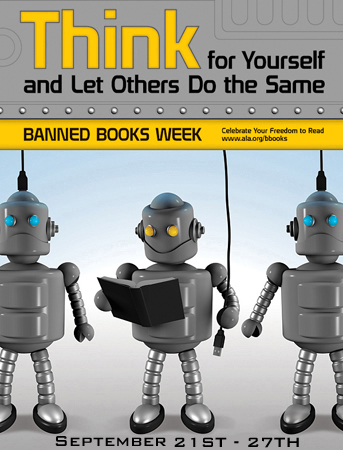 Today is the start of Banned Books Week 2014:
Today is the start of Banned Books Week 2014:
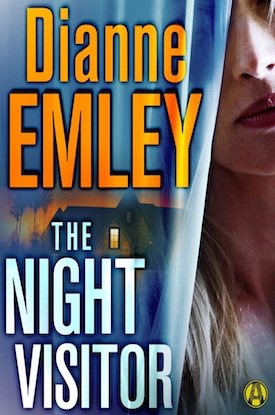 We’re part of you, whether you like it or not.
We’re part of you, whether you like it or not.

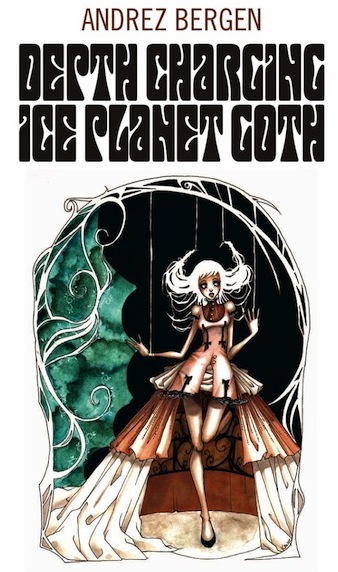 The best feedback to my latest novel, published in July? A mate said it was like The Catcher in the Rye — for girls. I can certainly live with that.
The best feedback to my latest novel, published in July? A mate said it was like The Catcher in the Rye — for girls. I can certainly live with that.